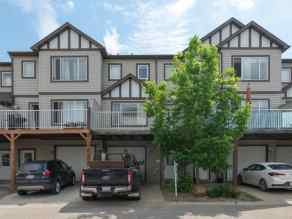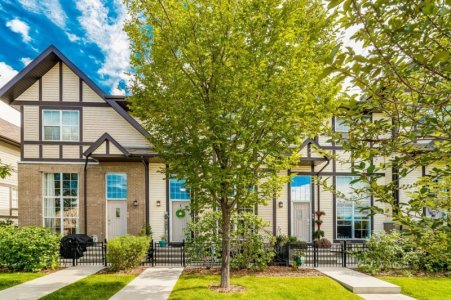senior chef
Senior Member
Locally, here in San Diego, the cost of the AVERAGE home has jumped from $315,000 in 2010 to $650,000 in 2020.
The result is that an increasing percantage of people can not afford to buy a home. The price has DOUBLED in only ten years. This, in return, has forced tens of thousands of San Diego residents to buy homes SOUTH OF THE BORDER. Now, homes in TJ are starting to skyrocket.
The simple fact of the matter is that builders are not building homes to keep up with demand. A major cause of the shortage of homes is the result not only of over-population , but because the U. S. has an "open door" policy for new immigrants.
Gov'ts, both local and federal, could help this situation by granting special tax status for builders who build for the lower half of the economic scale. (Much the same that happens for Habitat for Humanity).
It is NOT necessary for every home to have 3-4 bathrooms. For first time buyers, ONE BATHROOM is sufficient. To save costs, perhaps no garage but merely a driveway. TWO bedroom homes would help millions of people.
I have forgotten the name of the federal program which built millions of homes for returning vets after WW2.
We desperately need the same type of federal program... NOW !
The result is that an increasing percantage of people can not afford to buy a home. The price has DOUBLED in only ten years. This, in return, has forced tens of thousands of San Diego residents to buy homes SOUTH OF THE BORDER. Now, homes in TJ are starting to skyrocket.
The simple fact of the matter is that builders are not building homes to keep up with demand. A major cause of the shortage of homes is the result not only of over-population , but because the U. S. has an "open door" policy for new immigrants.
Gov'ts, both local and federal, could help this situation by granting special tax status for builders who build for the lower half of the economic scale. (Much the same that happens for Habitat for Humanity).
It is NOT necessary for every home to have 3-4 bathrooms. For first time buyers, ONE BATHROOM is sufficient. To save costs, perhaps no garage but merely a driveway. TWO bedroom homes would help millions of people.
I have forgotten the name of the federal program which built millions of homes for returning vets after WW2.
We desperately need the same type of federal program... NOW !



